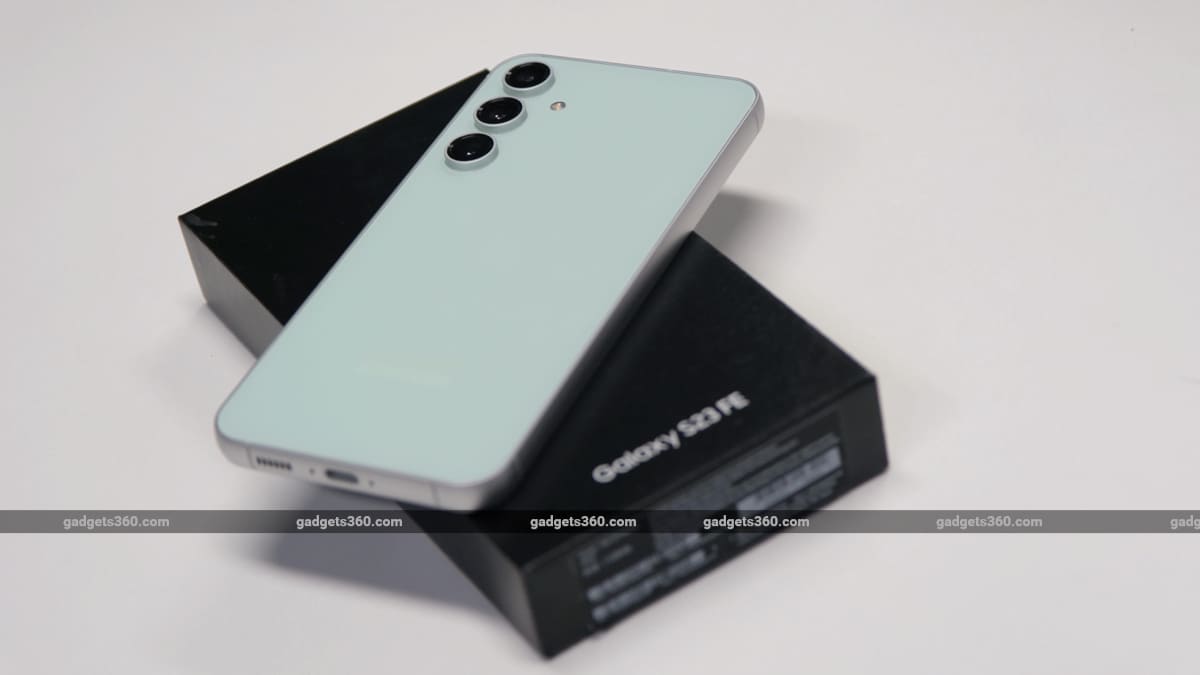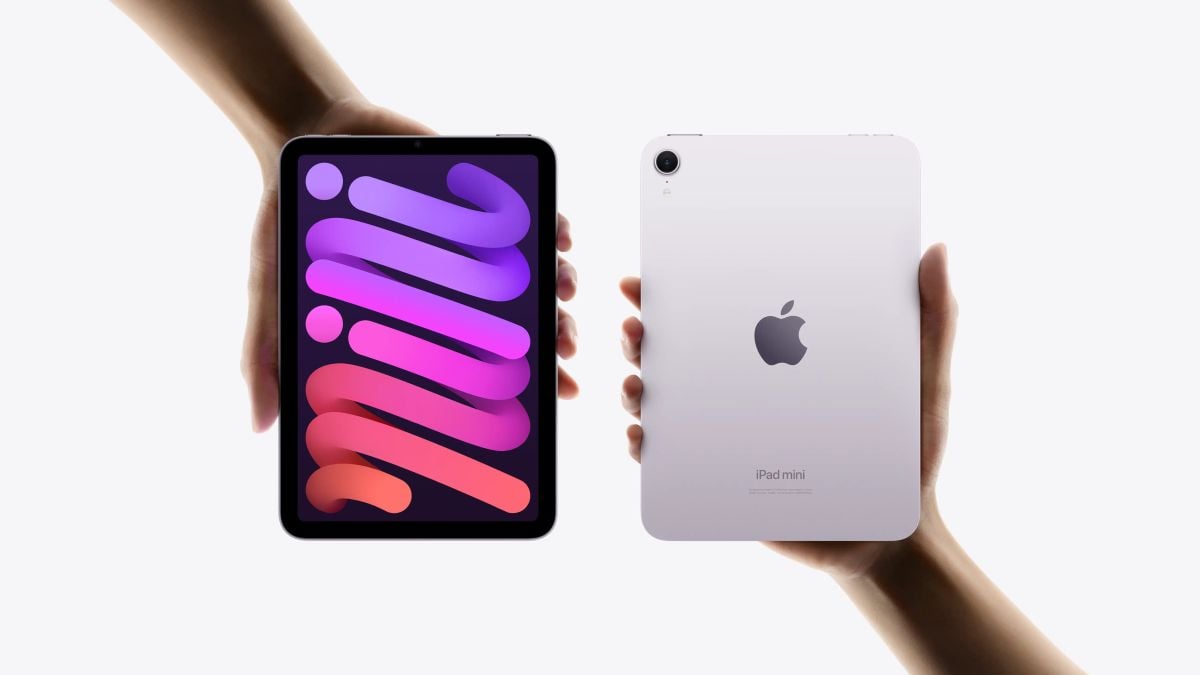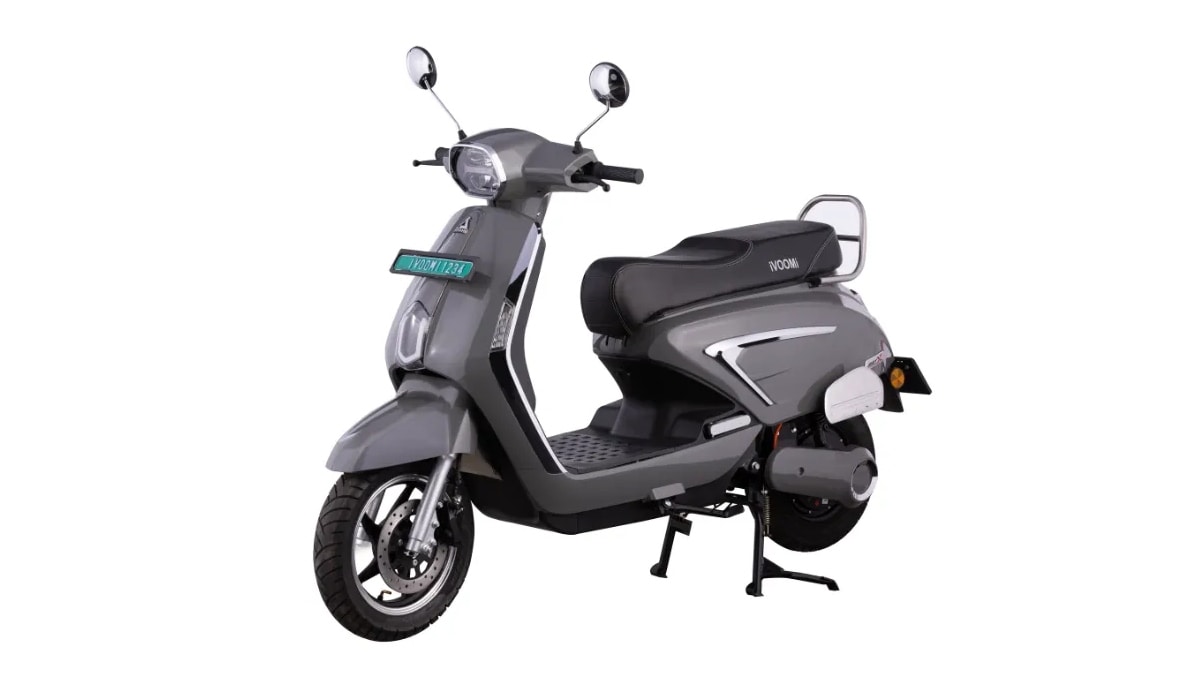The landscape of smartphone sales in India is undergoing a remarkable transformation. Traditionally, premium brands like Apple and Samsung were predominantly favored in major urban centers such as Delhi, Mumbai, Bengaluru, and Hyderabad. However, a noticeable shift is emerging as these brands are gaining immense popularity in smaller towns and cities. This changing consumer behavior signifies that big markets for premium smartphones are evolving in tier-II cities and below, driven largely by strategic sales initiatives and changing purchasing habits.
Rising Demand in Smaller Cities
Recent reports indicate a significant increase in smartphone sales from smaller cities during the festive season. The discounts offered by companies, notably Apple and Samsung, have catalyzed this growth, leading to a surge in premium smartphone purchases in these regions. According to industry analysis from Counterpoint Research, sales of premium smartphones, priced above ₹30,000, surged to 70-80% from online retailers in tier-II cities and below—a notable rise from the usual 50-60% range seen in previous years.
Shift in Consumer Demographics
Strikingly, up to 60% of Apple’s iPhone sales are now coming from tier-II cities. This shift marks a significant change in Apple’s sales strategy, which previously saw 65-70% of its sales from tier-I cities. The COVID-19 pandemic played a critical role in this shift, as many individuals moved back to their hometowns and sought effective smartphones for their work-from-home setups.
Insights from the Industry
Neel Shah, Vice President at Counterpoint Research, commented on the trends observed, noting that Apple’s focus on tier-II cities has strengthened significantly. Before the pandemic, much of its strategy was centered around tier-I cities, but the demand from tier-II markets has dramatically changed the sales distribution.
Apple’s Strategic Adaptations
To capitalize on this burgeoning market, Apple revised its channel strategy in 2019. The company began emphasizing e-commerce platforms and larger retail chains such as Croma and Reliance Digital. This strategic pivot has not only broadened Apple’s customer reach but also transformed Indian shopping habits, as more consumers are now willing to purchase high-value products online. Additionally, Apple introduced no-cost EMI options for iPhones, making these premium devices more accessible to a wider audience.
Key Factors Driving Sales
| Factor | Description |
|---|---|
| Discount Offers | Significant discounts on premium devices have attracted consumers in smaller cities. |
| E-commerce Focus | Enhanced emphasis on online sales channels, enabling easier access for consumers. |
| No-Cost EMIs | Financing options have allowed consumers to afford premium devices without immediate financial strain. |
| Changing Consumer Needs | The rise of remote work has increased the demand for high-quality smartphones. |
Overall, the growing market for premium smartphones in smaller Indian cities reflects a broader trend of digital adaptation and evolving consumer preferences. As companies like Apple and Samsung continue to refine their strategies to meet the demands of this new consumer base, we can anticipate ongoing changes in the landscape of smartphone sales in India.












